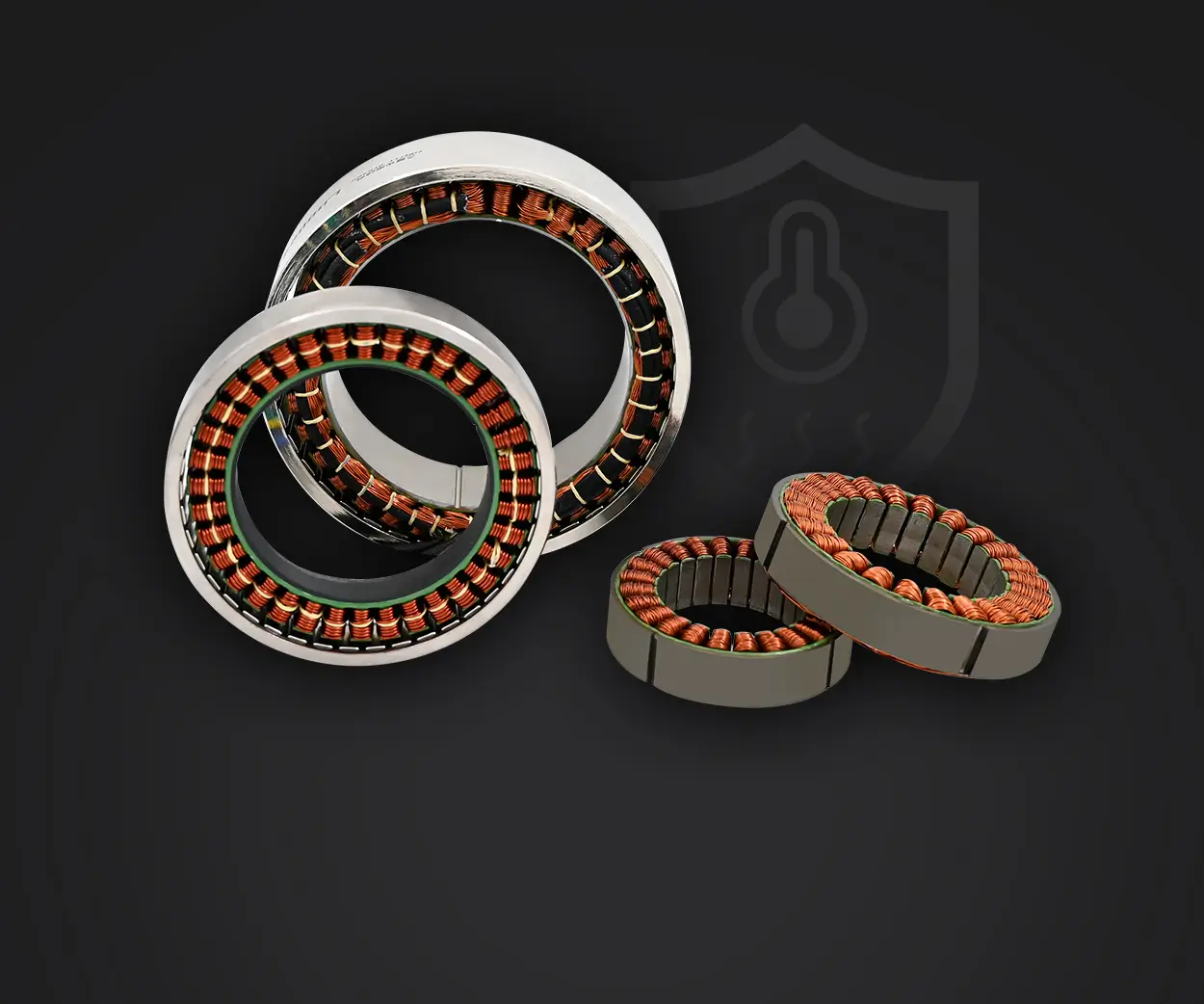Ever wonder how those tiny motors move things with such precision? That’s where servo motors come into play. They’re like the brain behind robotic arms, CNC machines, or even fancy camera sliders. Their secret? A clever combo of electronics, mechanics, and control systems working seamlessly together.

Think about it—when you turn on a machine equipped with a servo motor, it’s not just spinning aimlessly. Instead, it’s executing a command instantly, adjusting position in real-time, like a driver making micro-corrections on a winding road. How does it do that? Well, a servo motor receives signals from a controller, typically through pulses that tell it where to go. Then, it uses feedback from its own position to fine-tune its movement. That feedback loop, often called a closed-loop system, keeps everything ultra accurate.
Here’s a question that sparks many conversations: why pick a servo motor over a regular motor? The answer often lies in precision. When you need exact angles and quick responses, servo motors shine. For example, animating a robotic arm that performs delicate tasks—pick up, rotate, and set things down—without a single jitter or slip. They’re also known for their torque—solid enough to lift or hold objects steadily, even when power fluctuates slightly. That stability is what makes them popular for automation, aerospace, and any field where control and reliability matter.
But let’s talk about the inside scoop. A typical servo motor isn’t just a motor; it’s a smart package. You might have a DC motor, but the real magic is in the feedback component—usually an encoder or resolver—that constantly updates the position. This setup means the motor isn’t just spinning blindly; it’s always aware of its position, ready to make tiny adjustments on the fly. The result? Smooth, precise movements that you can rely on in critical applications.
Now, imagine you’re designing a drone or a camera gimbal. You want the slightest tilt or pan to respond instantly once the pilot or operator commands. That’s where the quick response of a servo is unmatched. It’s not just about movement; it’s about control, speed, and finesse. And since servo motors are available in a wide range of sizes and power ratings, it’s a game of picking the right match for your project.
Ever had that moment where you think, “Wow, this thing really responds fast”? That’s the servo working its magic. It’s surprisingly simple but incredibly effective. You plug it into a control system, give it a signal, and watch how it makes tiny, accurate adjustments. It’s like a micro-robotic assistant—constantly fine-tuning, never tired.
So, whether you’re automating a factory line or building a robotic pet, a servo motor offers more than just movement. It offers a way to harness precision, speed, and consistency. You know, sometimes the simplest parts make the biggest difference. Power, control, ingenuity—that’s the heart of a good servo motor. And once you’ve experienced that smooth, responsive motion, there’s no going back.
Established in 2005, Kpower has been dedicated to a professional compact motion unit manufacturer, headquartered in Dongguan, Guangdong Province, China. Leveraging innovations in modular drive technology, Kpower integrates high-performance motors, precision reducers, and multi-protocol control systems to provide efficient and customized smart drive system solutions. Kpower has delivered professional drive system solutions to over 500 enterprise clients globally with products covering various fields such as Smart Home Systems, Automatic Electronics, Robotics, Precision Agriculture, Drones, and Industrial Automation.




































